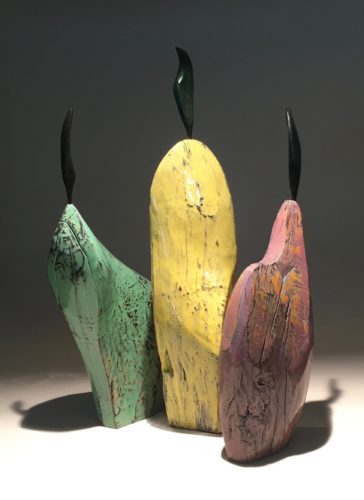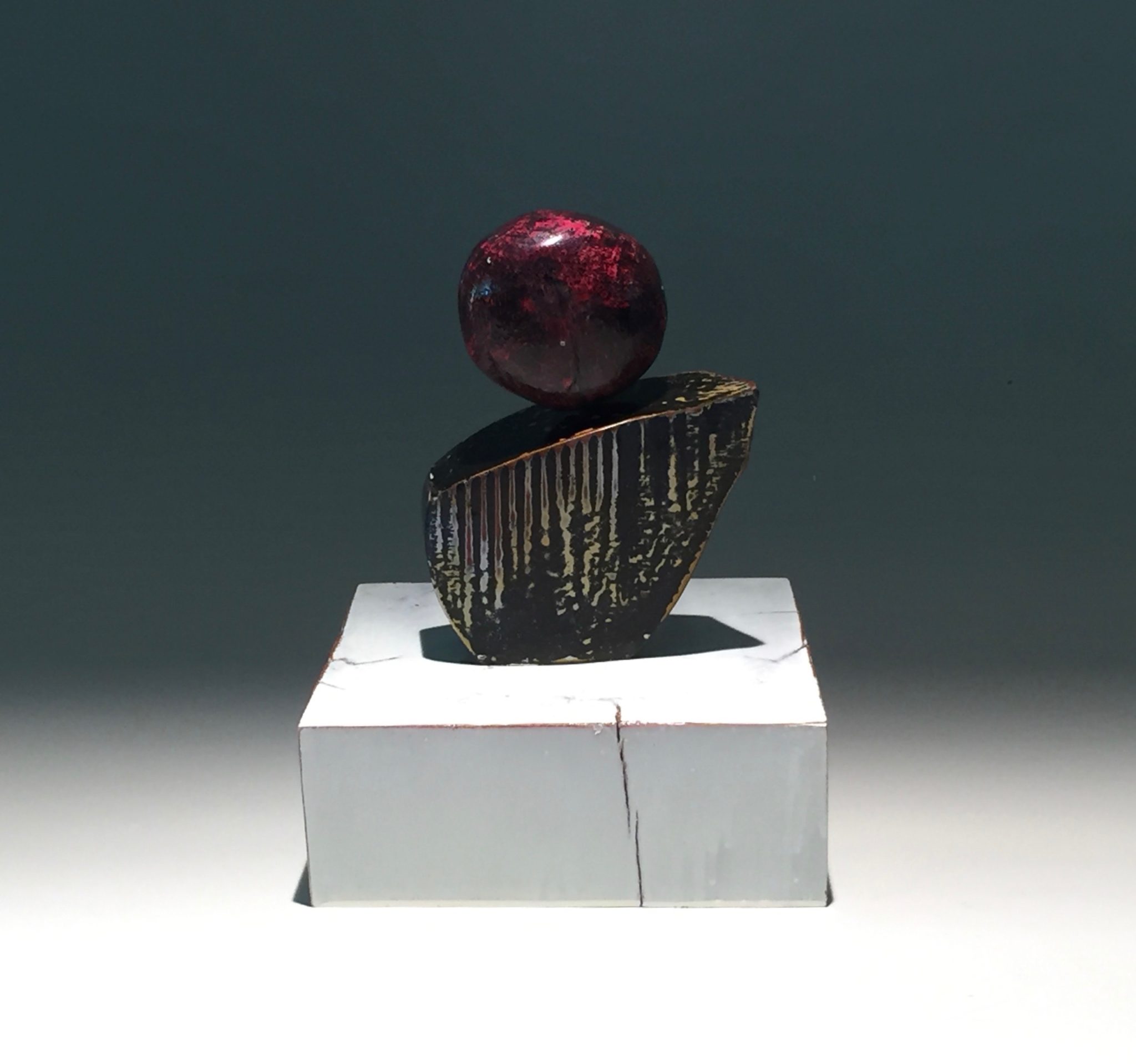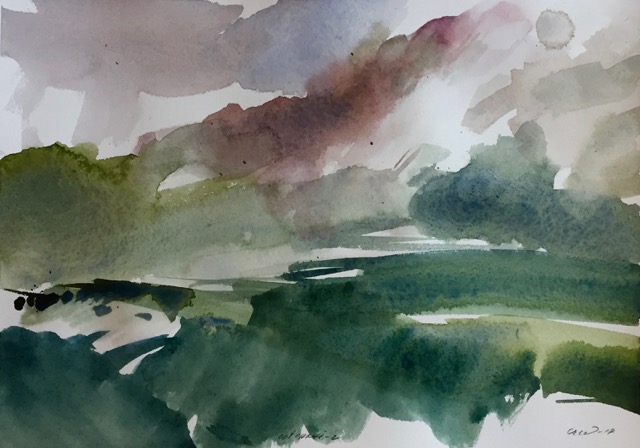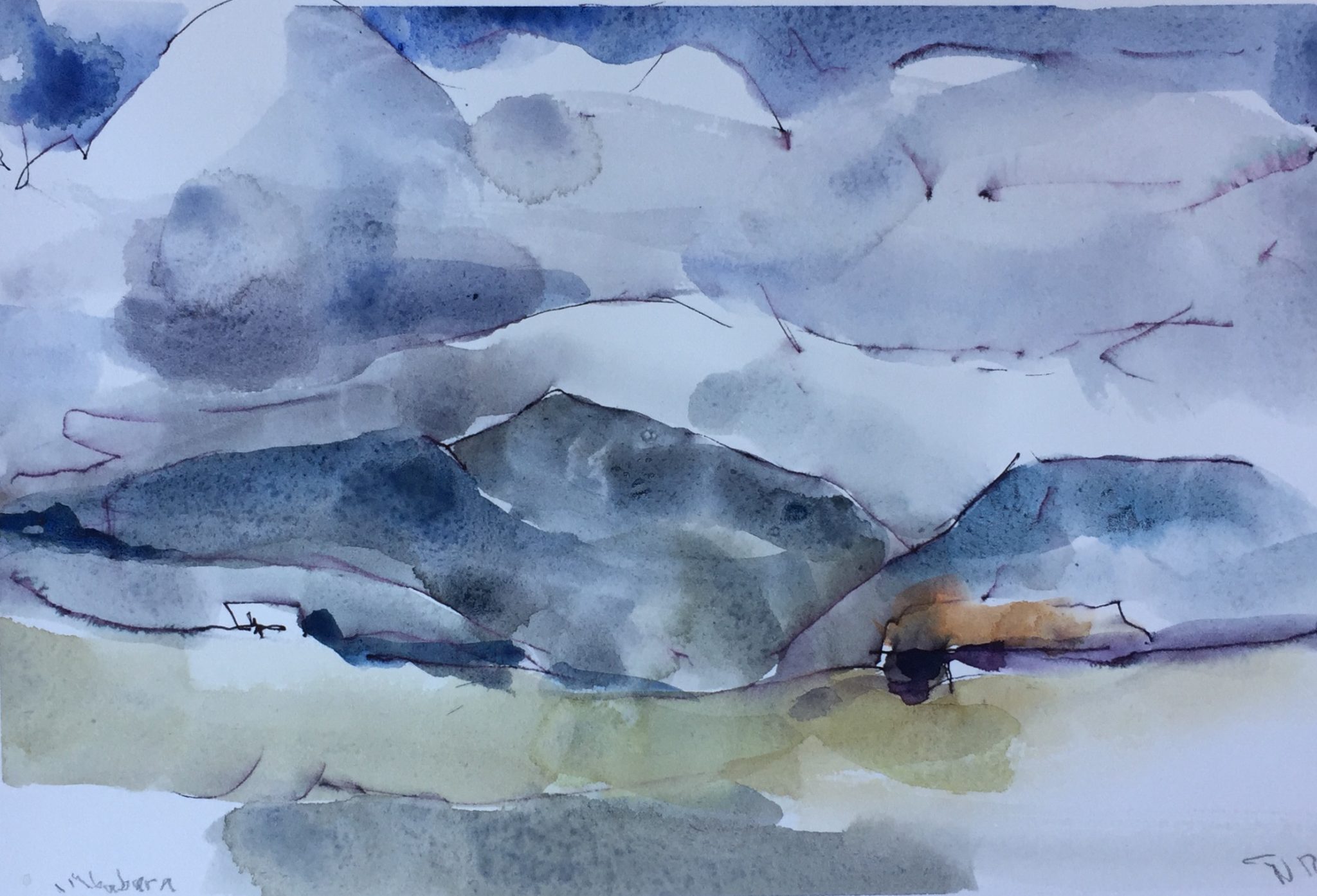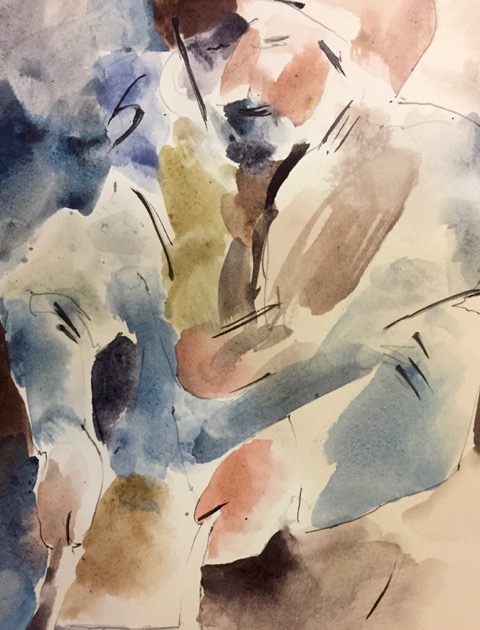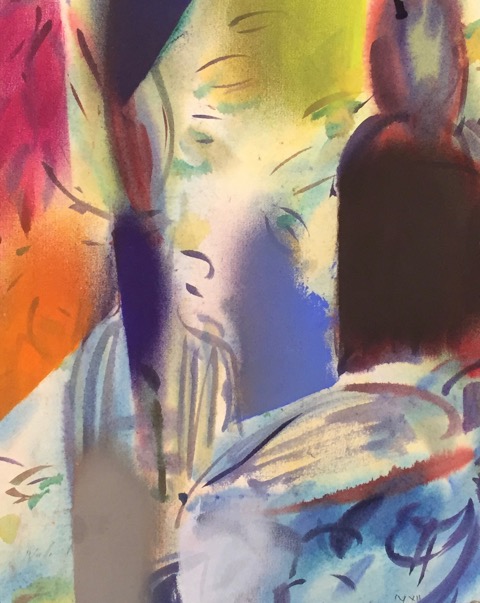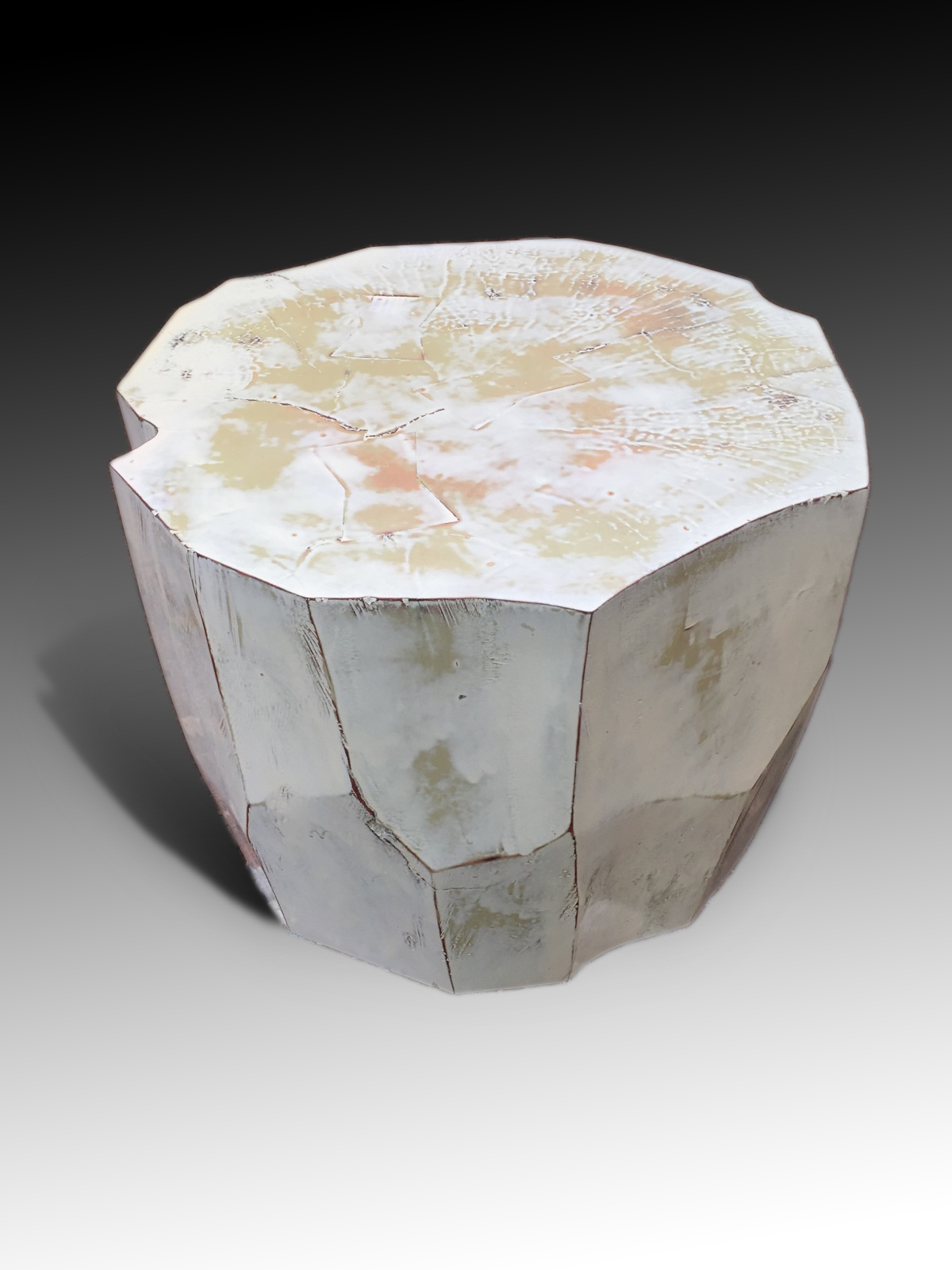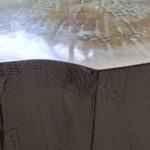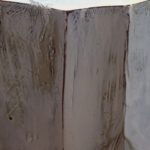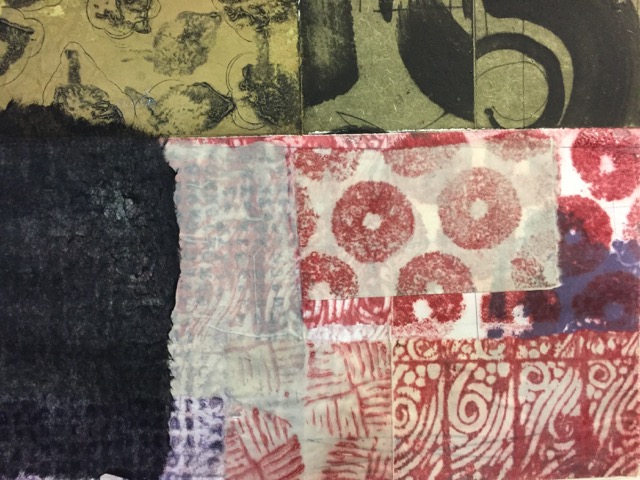The Broad Experience
We thought we would see the Broad, the new sensation in art museums in Los Angeles, since we would be in town only a few days. We arrived at the museum around 11AM and there were two lines, one for those who had tickets and one for those without. As we did not have tickets, we followed the line around the block and asked how long the wait would be. About an hour and a half was the answer, But come back around 2 and it will much quicker. OK, that is what we would do. And so we crossed the street to LA MOCA where there was no line at all. In fact, we were delighted to discover an artist from South America named Anna Maria Maiolino. She showed mostly small scale works on paper and also self destructing ceramic installations. The work was intimate and expressed an interest in the vulnerability of self identification in new environments. It was art on a human scale that was provocative and sensitive. We loved it. There were also the MOCA’s regular exhibitions which are better know but also of high quality. We spent the morning pleasantly occupied feeling connected to the wider world of art.
After lunch, we crossed back over the street to the Broad and found that indeed our line had shrunk to only a few people and we marched right in. I should mention that there is concurrently a special showing of Yoi Yoi Kusama going on, you know the 90 year old Japanese artist with the pink hair that does polka dots. That is why there was such a crowd, she is famous in the world of contemporary art. We did not attempt to see that part of the museum which required reservations. But we did go to the third floor to see the art work on display there. Everything was oversized. One Painting by Murakami was over 40 feet long. There was Jeff Koons, Anselm Keiffer, Joseph Beuys, Roy Lichtenstein, a whole room full of Rothkos and one memorable room with a table and four chairs made out of bronze that were ten feet high.
All in all, the Broad is about the spectacle of art. The experience was stimulating and educational. It is a remarkable building and a great showcase for contemporary art. It is obviously an attraction for anyone wanting to be seen and not just for those wanting to look. I found myself as interested in the spectators as the objects they were looking at. There are a lot of interesting looking people out there. I have been thinking that it is people and all their idiosyncrasies that is the underlying art. I too am a part of that art moving about on a stage as if we all are part of a theatrical production. It is fun and refreshing to see new art and new people. And I am glad that there are odd looking people going to bizarre looking shows. It means that art is not dead, only updated. It would be a challenge to fit in here but maybe it could be done. All of my interactions with people here have been positive. Honolulu feels like a mini LA with a similar feeling of “having fun in the sun”. It is the extreme commercialization of art and the sheer scale of everything that would be hardest. LA is undoubtedly on the cutting edge of culture. It is about as cosmopolitan as you can get. I like it.
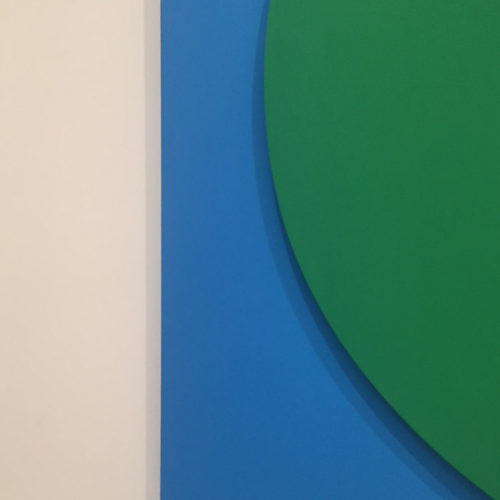
Detail of Green Relief with Blue by Ellsworth Kelly www.thebroad.org/art/ellsworth-kelly/

